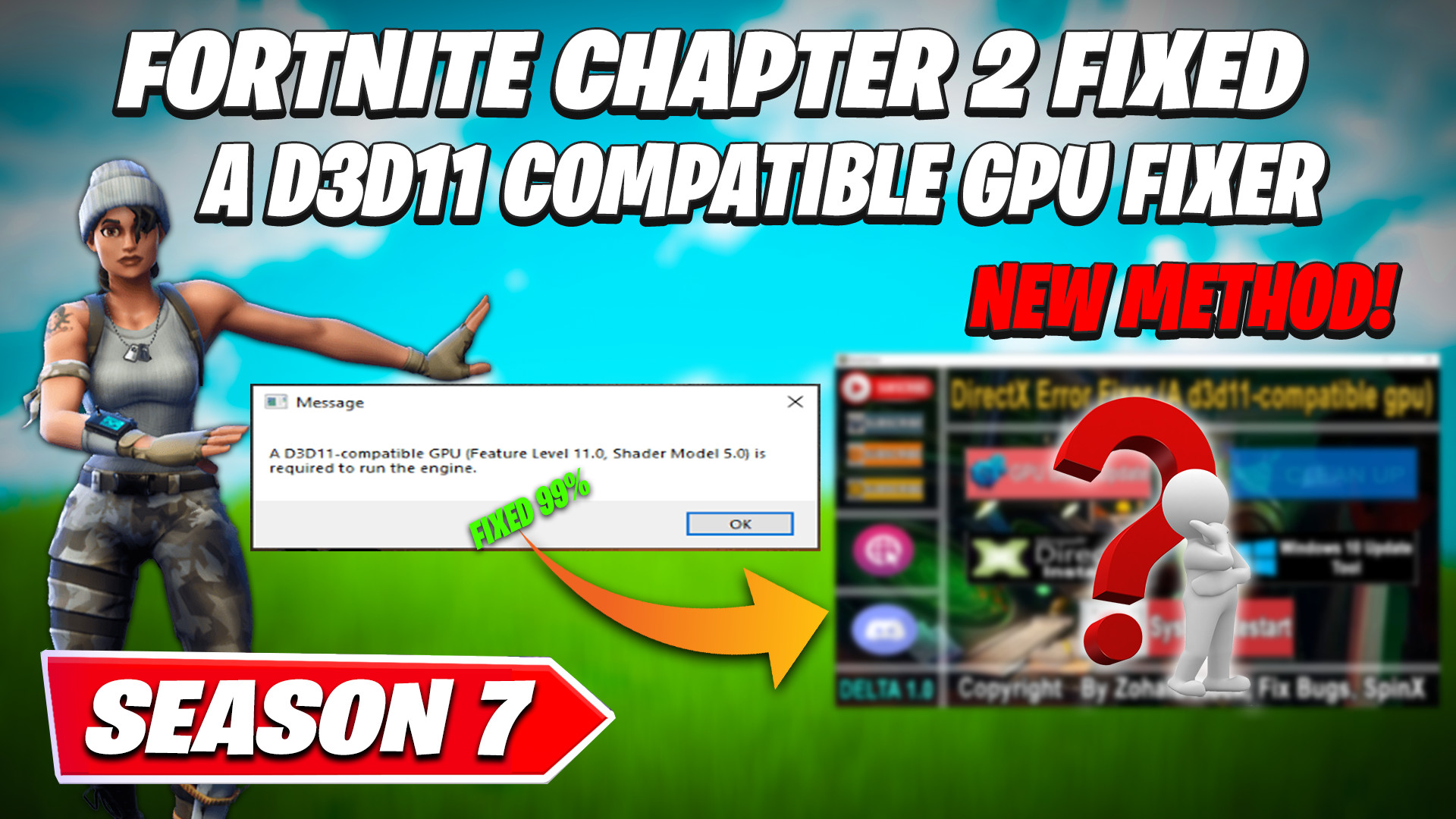

Translucency also has less precision in this path and banding may occur for example on god rays. As a result, objects viewed through a transparent surface (ie window) will not be as bright. This means that no translucency can emit colors with any components higher than 1, but the results of the combine with scene color can be higher than 1.

It is now blended to an LDR buffer and combined with the HDR scene color in a final pass. Bloom effect (but not the combined versions).

Here is a comprehensive list of the emulated stages: UE3 still uses HDR in the SM2 path, and performs floating point blending in the shader. On the other hand, no SM2 cards support blending to a floating point render target, although they all support rendering and sampling (but not filtering) from floating point targets. Currently all hardware that supports SM3 also supports floating point blending, (with the exception of some low end cards like the 6200) so blending to scene color is not a problem. In UE3, Scene Color is stored in a floating point format to allow for HDR colors. Note that the LDR scene color pathway is almost 2x faster than the previous floating point blending emulation, mostly due to greatly reduced number of resolves. The luminance factor is just an approximation and can be very wrong, so it needs some tweaking to avoid excessive blooming. The LDR scene color render target stores a luminance factor in its alpha channel which is used by the bloom post process effect. This results in extreme banding in dark colors, but is necessary since no SM2 cards support alpha blending in linear space when the render target is in gamma space. The scene color render target is stored in linear space. Scene depth is still read from the scratch render target for the rest of the frame. Immediately after the BasePass, scene color is copied to an LDR render target so that hardware blending can be used for the rest of the frame. HDR color is stored in rgb, and scene depth is stored in a.

The BasePass of the World DPG is rendered to a floating point 'scratch' render target. HDR in the SM2 pathway is handled differently than in the SM3 pathway, since no SM2 cards support alpha blending to floating point render targets.


 0 kommentar(er)
0 kommentar(er)
